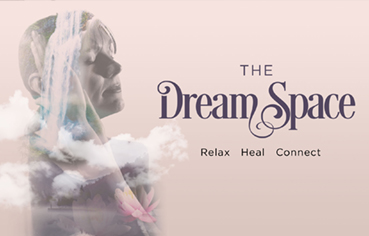
A History of Qigong
The earliest beginnings of qigong are hidden within the mists of antiquity. It is believed that the practice emerged simply in ancient China from farmers, deeply attuned to the rhythms of nature, observed ways in which life was nurtured in plants and animals and embodied those principles.
The documented history of what we know as qigong goes back approximately 2,500 years, with Chinese archaeology finding references to qigong-like techniques from at least 5,000 years ago. Known by many names over the centuries, Qigong became the term in the twentieth century previously referred to as dao-yin, meaning “leading and guiding the energy.”
The earliest known qigong-like movements were animal dances, these animal-posture dances have been found depicted in rock art throughout China. Developing through The Book of Change (I Ching) first recorded the concept of qi or vital energy and the relationship of three powers—heaven, earth, and human.
Around 450 B.C., Lao Tzu, the founder of Taoism, described breathing techniques in his book Dao De Jing, recommending that the breath be collected and allowed to descend in the body forming one of the roots of Chinese Medicine, and the understanding of the concepts of yin and yang and the five elements.
The Yellow Emperor’s Classic of Internal Medicine, developed around writing about 300 B.C. and is considered the bible of Chinese medicine.
From about 200 B.C to about 500 A.D., Buddhism and yoga meditation techniques from India were brought into China and absorbed into the Chinese culture bringing weaved with Taoist internal alchemy, merging qi gong to a deeper, internal-functioning level. During this time the teachings were kept secret passed to chosen disciples in each generation. For hundreds of years the teachings were only shared with royalty.
It is said around 500 A.D. Buddhist monk, Bodhidarma, came from India to the Shao Lin Temple in China (where he was called Ta Mo) credited with unifying the spiritual and martial branches of qigong, teaching monks to strengthen their bodies through movements, and martial artists how to softly empower their fighting through internal and spiritual practices. After his death, qigong-like trainings for martial arts continued to develop as the benefits of these methods become evident worthy of keeping the secrets of the methods from enemies.
Due to the secrecy of qigong teachings thousands of different styles developed. Each family or village, religious group or martial-arts group, throughout China developed separate practices for particular purposes, and selectively passed through their lineages. Distinct styles include Tai Chi, Animal Frolics, Eight Pieces of Brocade, Swimming Dragon, Microcosmic Orbit, and Six Syllable Secret.
For most qigong was a part of traditional Chinese medicine, where renowned TCM doctors were also qigong masters. Qigong was the main treatment prescribed to restore balance of choice, combining with an herbal formula and/or acupuncture. It is in medical qigong that lead the systemization of qigong methods.
After the fall of the Ch’ing Dynasty, Cultural Revolution leaders attempted to modernize the society to Communist principles. As a consequence Ancient practices like Taoism and Chinese Medicine were devalued and defined as prohibited pursuits facing the likelihood of jail. The leaders became wise and eventually the ban on TCM and qigong was lifted.
As Western influences and technology reach China as this time Dr. Qian Xue-sen, a scientist who studied at the Massachusetts Institute of Technology in the 1930’s and served as a Professor at California Institute of Technology returned to China where he began to advocate for the research of qigong and Chinese medicine.
In 1985, the government approved formation of the China Qigong Science Association which started scientific studies of qigong and its benefits. Qigong is now openly taught.
During the 1990’s qigong gained world-wide recognition. International conferences were held in Berkeley, California (1990) and in Vancouver, Canada (1995). By 1996, there were more than one thousand published abstracts available in English on some aspect of qigong research. Qigong continues to grow into one of the most popular forms of somatic healing movement.




Sorry, the comment form is closed at this time.